By: Christine Brennan, Ph.D., CCC-SLP University of Colorado Boulder, Department of Speech, Language, and Hearing Sciences, Boulder, CO
A recent paper published in the American Speech-Language Hearing Association’s Journal of Speech, Language, and Hearing Research focused on speech, language, hearing, and otopathology (health and diseases of the ear) in Smith-Magenis Syndrome (SMS). This study analyzed data from the SMS Patient Registry. It is also the first paper to report results from the registry’s speech, language, and hearing questionnaire.
Purpose of the Study
This study aimed to address some of the existing gaps in previously published studies by examining the hearing, hearing health, speech, language, and communication characteristics of 82 individuals with SMS using responses from an SMS Patient Registry questionnaire. While previously published studies did not how otopathology and speech-language characteristics differ with age for those with SMS, the current study included age-stratified analyses that aimed to reveal potential differences associated with development, maturation, and aging.
Methods
Parents/caregivers of 82 children and adults with SMS (ages 3-70 years) participated in this study by responding to questionnaires in the Smith-Magenis Syndrome Patient Registry. This study analyzed responses from the “Speech and Language Development in SMS” questionnaire, which included 155 questions about speech, language, communication, hearing and hearing health, education (literacy), and medical health (as related to communication status). Statistical methods included descriptive results (average ages and percentages) and inferential statistics (correlations and age-stratified analyses). Age-stratified analyses involved splitting the subjects into distinct age-based groups and comparing those groups to reveal potential differences associated with different ages.
Results
Hearing analyses revealed that 35% of subjects had hearing loss. The three oldest age groups (i.e., those above age 20 years) had the highest reported
percent occurrence of hearing loss. The age group that reported the highest percent occurrence of conductive hearing loss was the youngest group (ages 3-6 years). The age group with the highest occurrence of sensorineural hearing loss was adults, ages 20-29 years.
Additional results revealed that 66% had a history of middle ear infection (otitis media) and 62% had received PE (pressure equalization) tubes to prevent future middle ear infections. The average age of first PE tube placement was 24 months, ranging from 6 months to 6 years.
Analysis of mode of communication revealed that 60% communicated using speech, 23% used sign language, 10% used a combination of sign and speech, and 10% used some form of aided AAC (Augmentative and Alternative Communication). Aided AAC is a way of communicating using an external communication tool (such as pictures or a voice output device).
The average age that words were first spoken was 26 months (range 11-72 months) and the average age that words were first combined (i.e., combinations of 2 or more words) was 47 months (range 12-108 months). Additionally, 79% spoke their first words at or after age 2 years, 92% combined words at or after age 3 years, and 41% used sign to communicate before using speech. Language abilities also revealed that approximately 60-65% of all subjects understood simple directions, complex directions, and simple stories. Additionally, 60-70% could answer questions and take turns in conversations.
There was a significant association between the age that first words were spoken and the age that pressure equalization (PE) tubes were first placed. Specifically, individuals who received PE tubes earlier also spoke earlier.
The current study also found that 49% of all SMS individuals in the data set (across all ages) had a gravely-hoarse vocal quality. There was no significant relationship between having this vocal quality and a medical diagnosis of reflux.
Sixty-three percent of subjects in this study received speech-language intervention at some time in the past. Only 33% of individuals with SMS in this study were reported to be receiving speech-language intervention at the time of the study and all of those were ages 3-19 years with no subjects older than 20 years receiving speech-language intervention at the time of the study.
This study also investigated communication strengths. The following communication strengths were noted in more than 40% of subjects across all ages: social interest, humor, and memory for people, past events, and/or facts.
Conclusions
Major findings include the observation that those with SMS have a high prevalence of otitis media (66%), PE tube placement (62%), and hearing loss (35%). The occurrence of hearing loss in SMS had previously been reported to be higher than what was found here (see Brendal et al., 2017). Previous studies that included direct testing of hearing may have identified cases of mild or fluctuating hearing loss that were not reported here. As a result, it is likely that the prevalence of hearing loss in SMS is higher than what was found here.
Neither hearing loss nor otitis media (i.e., middle ear infection) exacerbated language impairment. The findings related to otopathology suggest that identification and management of otitis media and hearing loss in those with SMS follow best practices including early identification and treatment.
Significant delays and impairment in speech-language were common, but the majority of those with SMS communicated using speech by age 6 years. While children without SMS typically begin speaking their first words around age 12 months, we noted the average age that subjects in this study spoke their first words was more than one year delayed. A similar delay was noted in the age that words were first combined. Children without SMS typically begin combining words around age 2 years, but the subjects in this study reportedly began combing words at an average age of 4 years.
While most of the subject in this study communicated using speech, there were also those who used sign, a combination of sign and speech, and some form of aided AAC. Importantly, it was reported that 41% used sign before speech developed. Using sign to communicate is an excellent way to facilitate language development and growth. It is critical to provide an accessible means of communication when children have delayed and/or impaired speech and use of sign or AAC both accomplish that.
The current results extend previous findings by providing more information about speech, language, hearing, hearing health, and communication characteristics of SMS.
To read the full paper, click here.
Acknowledgments
Our research team included assistant professors Christine Brennan, Ph.D., CCC-SLP, and Rachael R. Baiduc, Ph.D., M.P.H, University of Colorado
Boulder, Department of Speech, Language, and Hearing Sciences, Mara L. Smith, Doctor of Audiology student in the at the University of Colorado Boulder, Department of Speech, Language, and Hearing Sciences, and Liam O’Connor, Ph.D. student in the Department of Engineering Sciences & Applied Mathematics, Northwestern University.
First author, Christine Brennan, currently serves as a member of the PRISMS Professional Advisory Board.
The data for this study was part of the Smith-Magenis Syndrome Patient Registry, housed and managed by Sarah H. Elsea, Ph.D., Molecular and Human Genetics, Baylor College of Medicine, and an initiative of PRISMS (Parents and Researchers Interested in Smith-Magenis Syndrome). The authors thank Theresa Wilson from the Elsea Lab at Baylor for helping to facilitate access to the SMS Patient Registry data for this study.
We also thank the PRISMS Board for providing the funding needed to publish the paper “open access,” which means the published paper is freely available in full to anyone without a paywall.
Finally, the authors also offer our sincerest appreciation for the parents and caregivers who took the time to respond to the patient registry and those who will respond in the future. Without their time and effort, this study and others like it would not have been possible.
While researchers and medical professionals have learned much about SMS since its discovery, there is still much more to learn. The SMSPR is a collaboration between PRISMS and researchers. Families, you can help move research forward by participating in the registry, which can lead to improved understanding and outcomes. Participation is a minimal time commitment and can provide extremely valuable information to researchers. For more information and to register, click here.



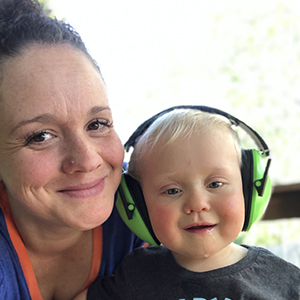 Maria Feagin
Maria Feagin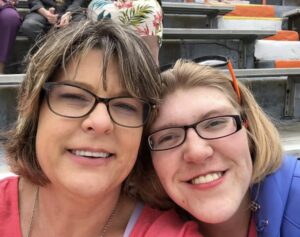 Amy Myers
Amy Myers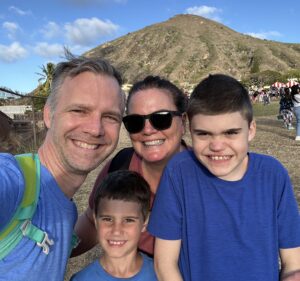
 Noémie Grebler
Noémie Grebler Allison Stephanouk
Allison Stephanouk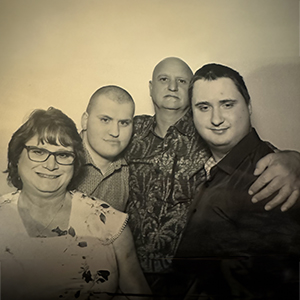 Ilse Ciprich
Ilse Ciprich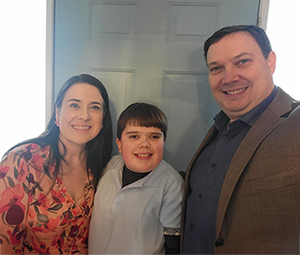 Sasha Piastro-Tedford
Sasha Piastro-Tedford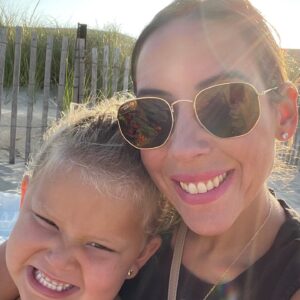 Randi Tanenbaum
Randi Tanenbaum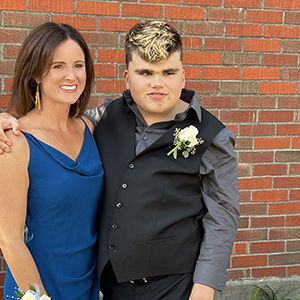 Jean Bishop
Jean Bishop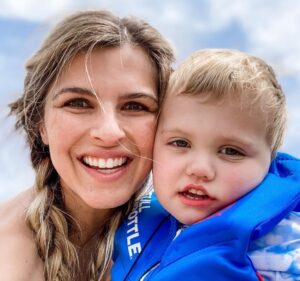 Natasha Schaller
Natasha Schaller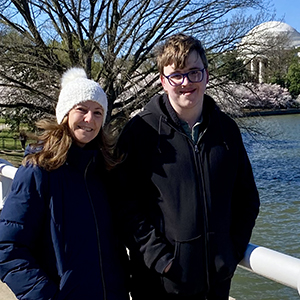 Barbara Watson
Barbara Watson Amanda Collins
Amanda Collins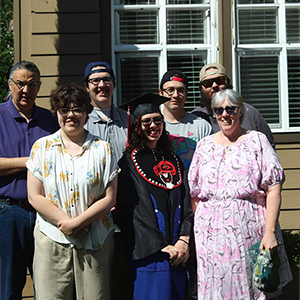 Lori Martin
Lori Martin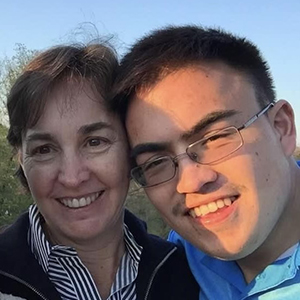 Laura Russell
Laura Russell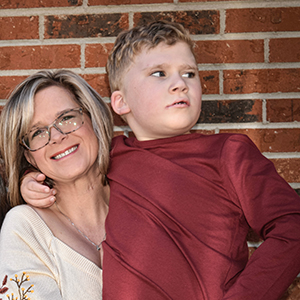 Erin Morrison
Erin Morrison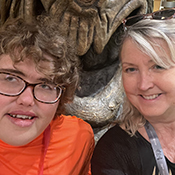 Linda Johnson
Linda Johnson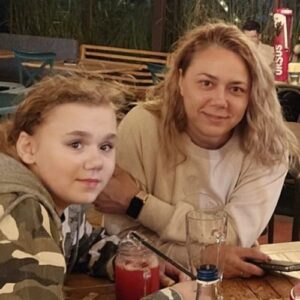 Roxana Dragan
Roxana Dragan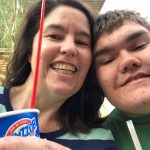 Patty Loyer
Patty Loyer Eric Rogers
Eric Rogers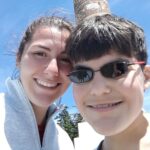 Ana Witherspoon
Ana Witherspoon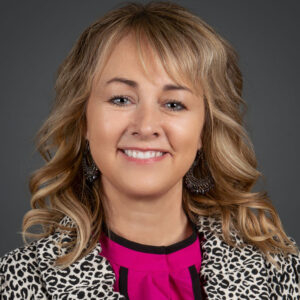 Michelle Larscheid
Michelle Larscheid Sinan Omer Turnacioglu, MD
Sinan Omer Turnacioglu, MD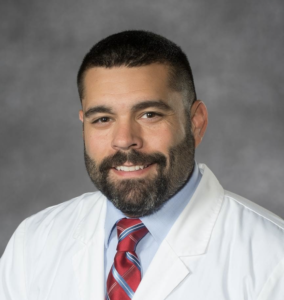 Christopher Vlangos PhD, FACMG
Christopher Vlangos PhD, FACMG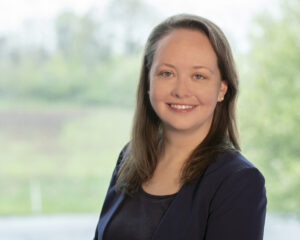 Cora Taylor, PhD
Cora Taylor, PhD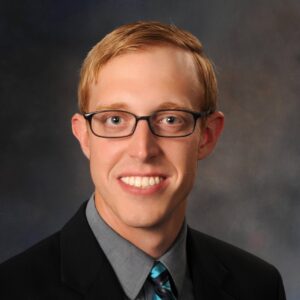 John Berens, MD, FAAP, FACP
John Berens, MD, FAAP, FACP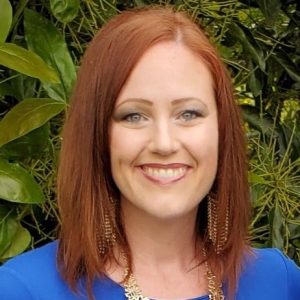 Amy Pereira
Amy Pereira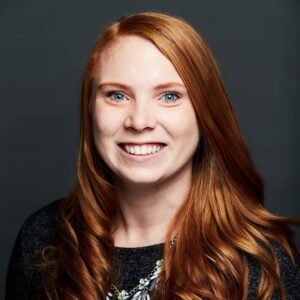 Rachel Franciskovich, MS, CGC
Rachel Franciskovich, MS, CGC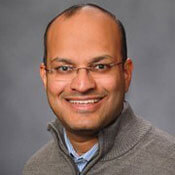 Santhosh Girirajan, MBBS, PhD
Santhosh Girirajan, MBBS, PhD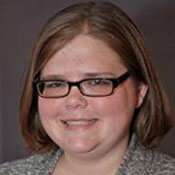 Rebecca Foster, PhD
Rebecca Foster, PhD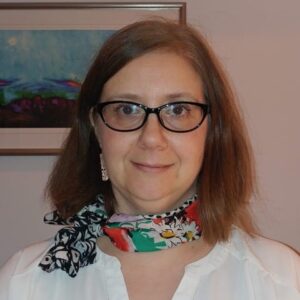 Nancy Raitano, PhD
Nancy Raitano, PhD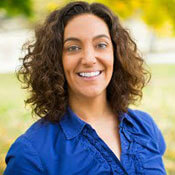 Christine Brennan, PhD CCC-SLP
Christine Brennan, PhD CCC-SLP Andrea Gropman, MD
Andrea Gropman, MD Kerry Boyd, MD, FRCPC
Kerry Boyd, MD, FRCPC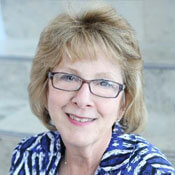 Barbara Haas-Givler, MEd, BCBA
Barbara Haas-Givler, MEd, BCBA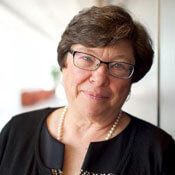 Ann C.M. Smith, MA, DSc (Hon), CGC
Ann C.M. Smith, MA, DSc (Hon), CGC Sarah Elsea, PhD
Sarah Elsea, PhD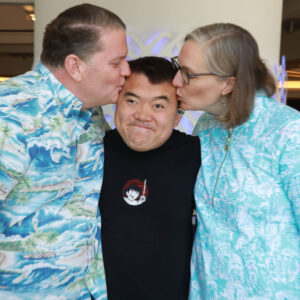 Glen & Kristine Braden
Glen & Kristine Braden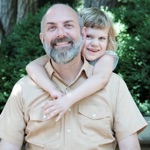 John Roseborough
John Roseborough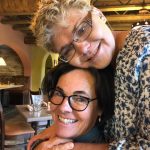 Barclay Daranyi
Barclay Daranyi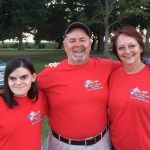 Ashton Charmaine
Ashton Charmaine Carissa Le
Carissa Le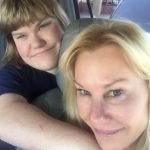 Rhonda Lowney
Rhonda Lowney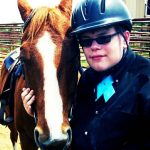 Ron Dixon
Ron Dixon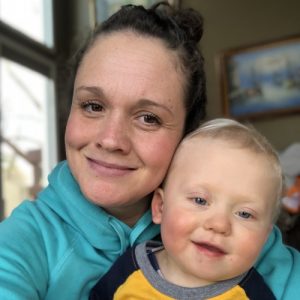 Maria Feagin
Maria Feagin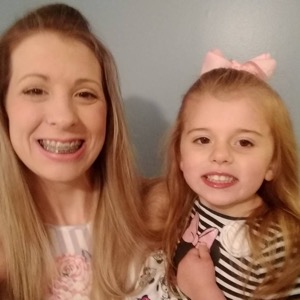 Caitlin Seldon
Caitlin Seldon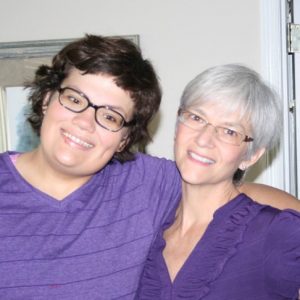 Julia Hetherington
Julia Hetherington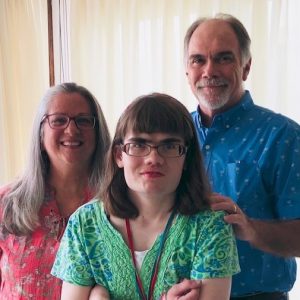 Liz and Bill Yates
Liz and Bill Yates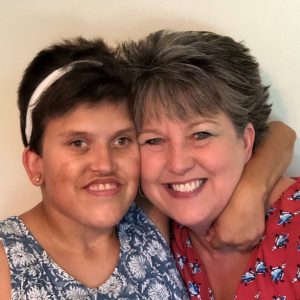 Tracie Belcher
Tracie Belcher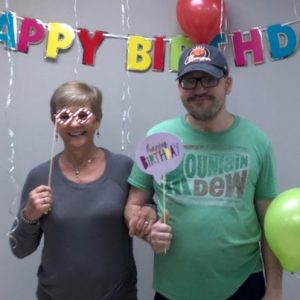 Rhonda Franklin
Rhonda Franklin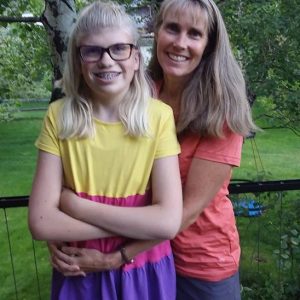 Marni Rolston
Marni Rolston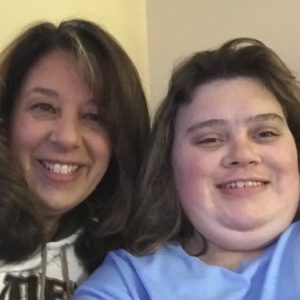 Michele Zdanowski
Michele Zdanowski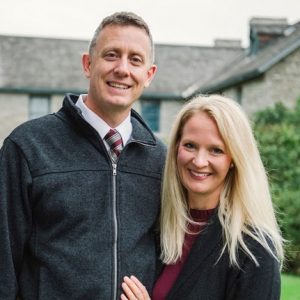 Theresa & Mark Smyth
Theresa & Mark Smyth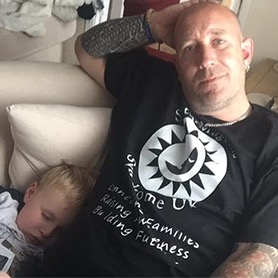 Mick Pearson
Mick Pearson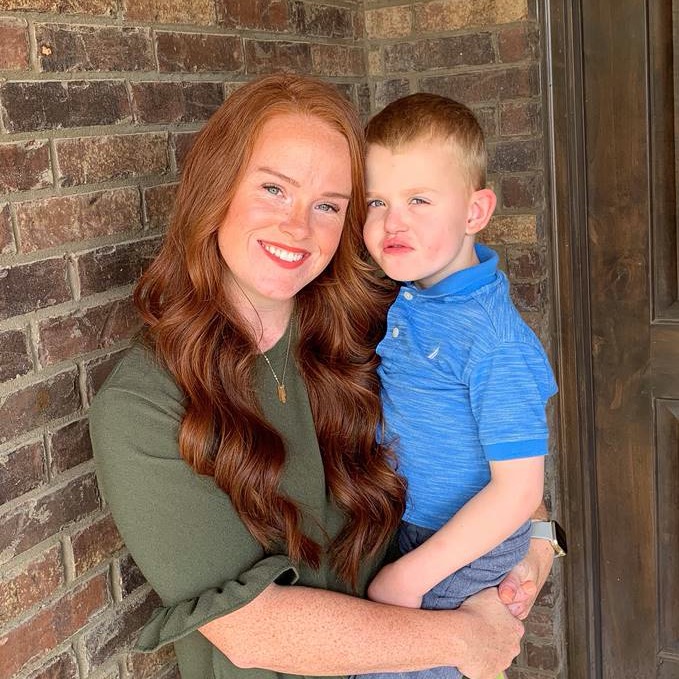 Abby Bell
Abby Bell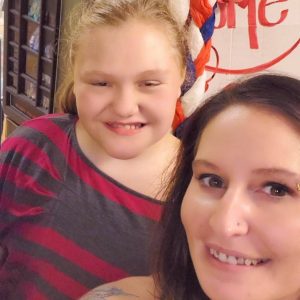 Heather Boney
Heather Boney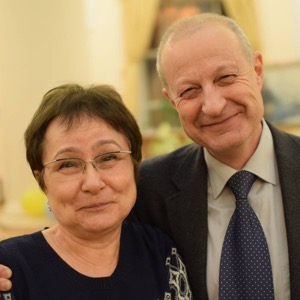 Bela Kafengauz & Alexander Tzetlin
Bela Kafengauz & Alexander Tzetlin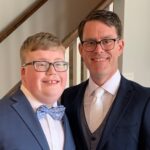 Kevin Daly
Kevin Daly Phil Ruedi
Phil Ruedi Brandon Daniel
Brandon Daniel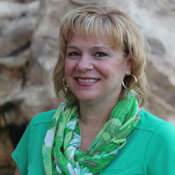 Denien Rasmussen
Denien Rasmussen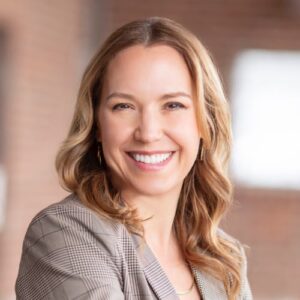 Jackie Fallenstein
Jackie Fallenstein Percy Huston
Percy Huston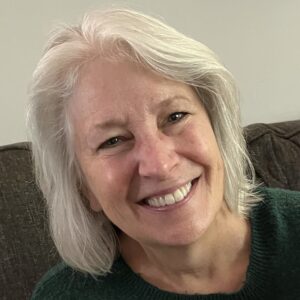 Lynda Kilian
Lynda Kilian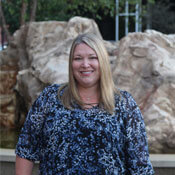 Diane Erth
Diane Erth Theresa Wilson, MS, RD
Theresa Wilson, MS, RD Margaret Miller
Margaret Miller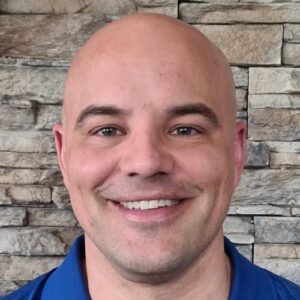 Jason Michaud
Jason Michaud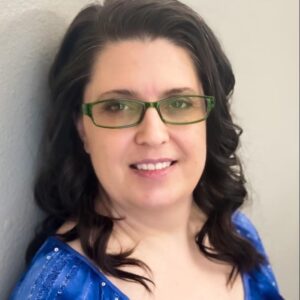 Michelle Lee
Michelle Lee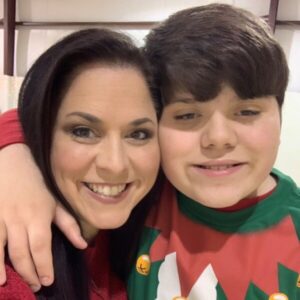 Jill Wood
Jill Wood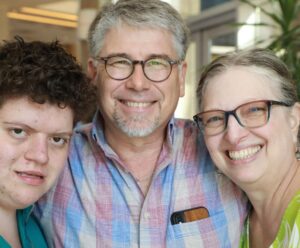 Kim Wirth
Kim Wirth Jane Charles, MD
Jane Charles, MD Brandi Wilson
Brandi Wilson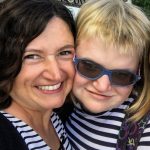 Debbie Brooks
Debbie Brooks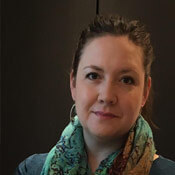 Amanda Downey
Amanda Downey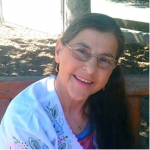 Laurie Bellet
Laurie Bellet Remi Robbins,
Remi Robbins,
 Many SMS patients experience frequent infections but the immunological basis for this phenomenon is currently unclear
Many SMS patients experience frequent infections but the immunological basis for this phenomenon is currently unclear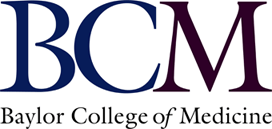
 Smith-Magenis Syndrome is a genetic disorder most commonly caused by a deletion of chromosome 17p11.2, and less commonly by mutations in the RAI1 gene
Smith-Magenis Syndrome is a genetic disorder most commonly caused by a deletion of chromosome 17p11.2, and less commonly by mutations in the RAI1 gene
 The SMS IEP Research Study team conducts research in the Department of Speech, Language, and Hearing Sciences at the University of Colorado Boulder
The SMS IEP Research Study team conducts research in the Department of Speech, Language, and Hearing Sciences at the University of Colorado Boulder
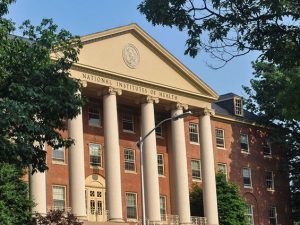 Growth Patterns in SMS
Growth Patterns in SMS


 Do you have a child with Smith-Magenis syndrome?
Do you have a child with Smith-Magenis syndrome?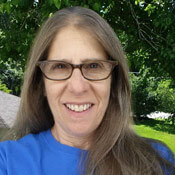 Leah Baigell
Leah Baigell Judy Bogdan
Judy Bogdan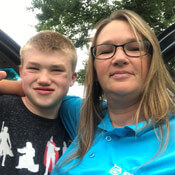 Mary Hards
Mary Hards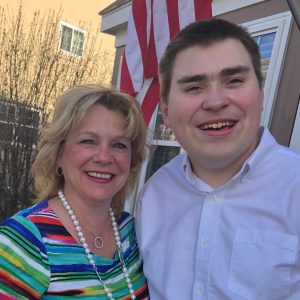 Denien Rasmussen
Denien Rasmussen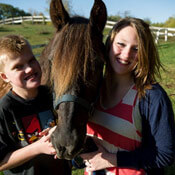 Heidi Graf
Heidi Graf Annetta Zidzik
Annetta Zidzik Jennifer Klump
Jennifer Klump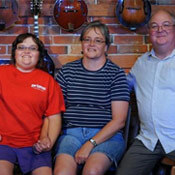 Eric and Kim Hoffman
Eric and Kim Hoffman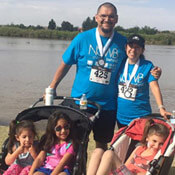 Alejandro and Delma Aguilar
Alejandro and Delma Aguilar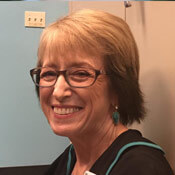 Mary Beall
Mary Beall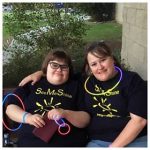 Jennifer Comford
Jennifer Comford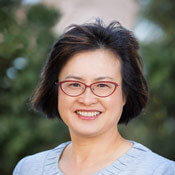 Charlene Liao
Charlene Liao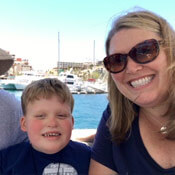 Diane Erth
Diane Erth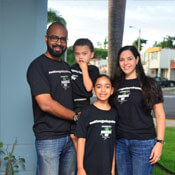 Sheila Herndandez-Vale
Sheila Herndandez-Vale Maria Elena Carrancedo
Maria Elena Carrancedo Eliane Barros
Eliane Barros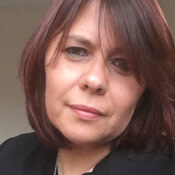 Sabrina Bisiani
Sabrina Bisiani
 A new clinical study is investigating circadian rhythms and sleep disturbances in people with Smith-Magenis Syndrome to guide the development of a possible treatment.
A new clinical study is investigating circadian rhythms and sleep disturbances in people with Smith-Magenis Syndrome to guide the development of a possible treatment.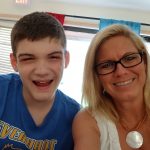 Allison Leatzow
Allison Leatzow Kevin O’Connor
Kevin O’Connor Bernadette Huston
Bernadette Huston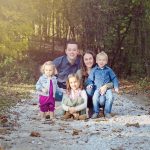 Brooke Widmer
Brooke Widmer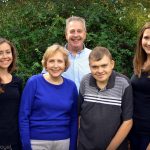 Maureen Monroe
Maureen Monroe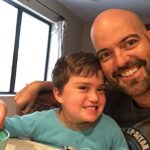 Trevor Gritman
Trevor Gritman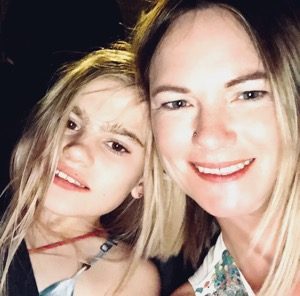 Cally Bauman
Cally Bauman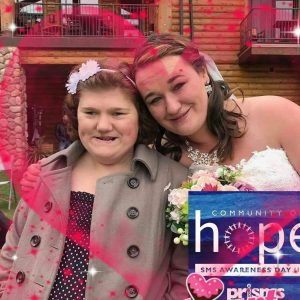 Brianna Ryczek
Brianna Ryczek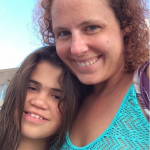 Carissa Le
Carissa Le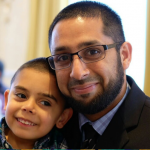 Osman Umarji
Osman Umarji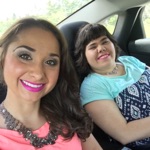 Callihan Marshall
Callihan Marshall